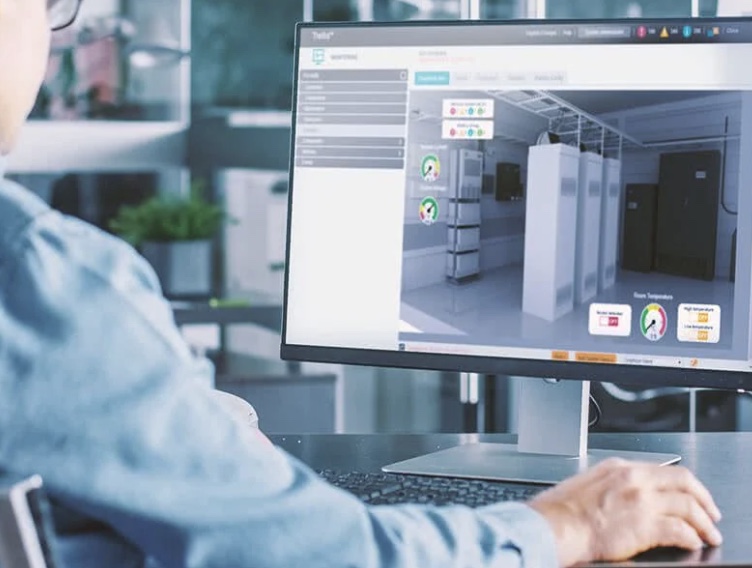by Diego Chisena – Software and Monitoring Hardware Offering Manager by vertiv

It's a fact that our professional and personal lives are increasingly data-driven, something we all accept and take for granted. But what many ignore is that the continuity of data flow is linked to the availability of critical power and cooling infrastructures, and that their monitoring and related management are fundamental to guarantee the preservation and flow of data. Relying solely on technology infrastructure without having constant control and management of what happens to IT systems may no longer be sufficient to avoid operational disruptions and inefficiencies, which could prove fatal for both businesses and end users.
The importance of monitoring and managing critical infrastructure cannot be underestimated, as they play a crucial role in ensuring the functionality and resilience of essential systems and services that we all rely on, such as online shopping and payments, ATMs, business or educational video calls, health diagnostics, games, movie streaming and so on.
It is the continuous exchange of data with critical equipment and the adoption of a monitoring system that allows you to identify potential threats and anomalies that could impact business or service continuity. Detecting patterns and anomalies in collecting large amounts of data helps you locate, diagnose, and resolve problems more quickly and accurately. Monitoring critical equipment adds an important layer of protection to the continuity and therefore availability of infrastructure.
Using sophisticated algorithms, some monitoring systems are able to predict equipment failures and related maintenance operations based on the analyzed data. Analyzing historical performance data and real-time parameter values provided by critical equipment allows you to predict when vital infrastructure elements, such as power and cooling equipment, could potentially fail, enabling proactive maintenance to avoid costly failures and long recovery times.
Monitoring and management systems can also help optimize the use of critical equipment by making it more efficient, for example by identifying unused capacity, thus reducing waste and energy costs. This is achieved by analyzing large amounts of data from sensors, equipment and other sources and presenting it to professionals and operations managers in a more understandable and usable format. The monitoring system can also help reduce human errors by automating many decision-making processes. By combining monitoring with remote control capabilities you can reduce the need for on-site staff and improve your ability to manage infrastructure in hard-to-reach sites and locations.
Furthermore, environmental factors such as heat, humidity and condensation pose a serious threat to mission-critical infrastructure, and by integrating the monitoring system with environmental sensors, these risks can be minimized.
The ability to use data collected by monitoring systems to identify trends and predict outcomes is a relatively new feature that has been added to traditional monitoring of connected equipment to detect potential anomalies and be notified about them. This ability to spot trends is the most interesting aspect of monitoring and managing critical infrastructure. With the pervasiveness of data-related activities that characterize our daily lives, it is extremely important to avoid any disruption to these services. Thanks to the emergence of artificial intelligence (AI), trend identification and forecasting can be expanded further, adding more intelligence to monitoring and management solutions.
By its nature, AI needs a huge amount of data to develop and learn. If data is continuously collected from connected equipment, critical infrastructure monitoring can help populate the data lake in which the algorithms that underpin AI operate to enable its evolution. As algorithms are refined, the accuracy of data trend predictions can continually improve.
In summary, the task of critical infrastructure monitoring and management systems is extremely innovative and forward-looking. It uses data from critical equipment to protect IT data, i.e. the servers stored in the racks, and therefore the continuity of the business and services that make use of these servers. At the same time, by providing information to the data lake, it can contribute to its evolution, moving from mere trend detection towards more accurate predictions about potential threats and anomalies that could affect critical infrastructures.
Subscribe to our newsletter!
